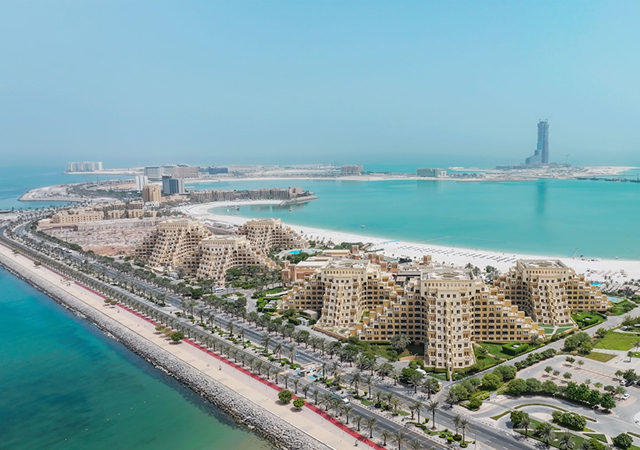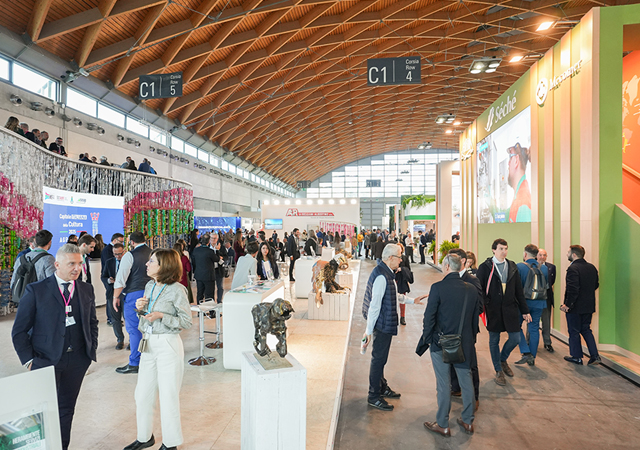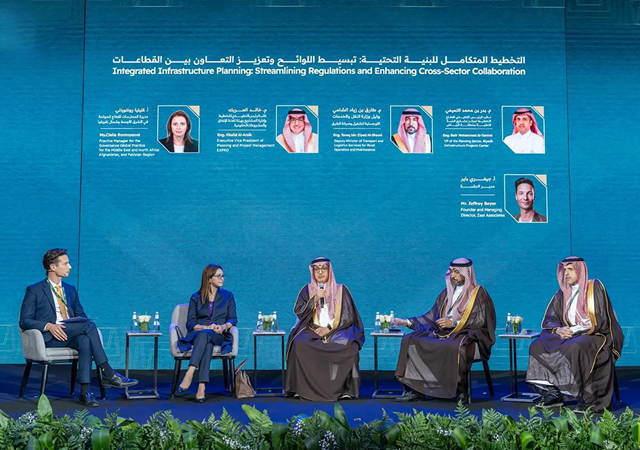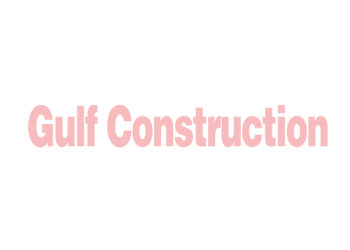

Doka's successful formwork technology systems will be showcased at bauma 2001, with innovations on display including special solutions for particular construction methods as well as developments in existing formwork systems and newly-introduced service offerings. The company stresses that a great deal of its development effort is centred on the services sector.
Over its 2,000 sq m stand, it aims to show how effectively its formwork technology systems boost the efficiency of insitu concrete construction operations, highlighting new products in the civil engineering field, for example, bridge-building.
"In response to the increasing trend towards steel composite bridges over the past few years, Doka has developed a novel type of composite forming carriage for this application," says a company spokesman. ''In this bridge-building method, the Doka forming carriage moves the entire 'concrete construction site' - in one single operation on the steel girder - to the exact location for the next pouring. The carriage is designed to be flexibly adapted to all usual cross-section of bridges.''
Doka has also come up with an interesting new solution for erecting renewable generation plants, which, it feels, are going to be a growth sector in the years ahead.
When it comes to forming complicated shapes, the Doka ready-to-use service generates real time and cost savings with ready-assembled formwork units being delivered just in time to the construction site, he says.
The company has developed two new highly versatile system components, one of which is the lightweight aluminium prop Eurex 60, described as a part of system solutions for both floor slabs and walls and one which bears out its claim to be a universal prop, the spokesman adds.
"As a floor prop, it has a constantly high load-bearing capacity of 60 kN up to an extension height of 5.50 m - and a facility for extending the height to a maximum of 11 m. As a panel strut, it can be used with wall formworks up to 13 m in height," he explains.
The other component, rentable Dokadur panels, now have their surface doubly sealed, eliminating the ingress of moisture but its corundum additive makes it more scuff-resistant and much safer to walk on.
''Developed for a high number of repeat uses, the Dokadur panels are enclosed in a protective polyurethane surround which results in a tightly closed joint pattern and clean concreting, while eliminating the need for time-consuming finishing work. After concreting, the Dokadur panels are quick and easy to clean and ready for their next assignment," he says.
For cast-in-situ columns, two new systems have been added to the Doka range of column formwork: the KS and the RS column formwork.
The Doka column formwork KS consists of four foldable individual elements arranged in a "wind-vane" formation that can be lifted in one piece by crane.
Elaborating on this formwork, the spokesman says it is available in four different heights of element (0.90 m, 1.20 m, 2.70 m and 3.30 m), making it possible to produce top-quality concrete surfaces up to a height of 3.30 m without any stacking joins.
"The formwork is quick and easy to erect. After the cross-sections have been set and the reinforcement has been placed, the formwork is simply closed at one corner. There is also no need for any time-consuming cutting and trimming of the form-lining as this comes ready-integrated," he points out.
The RS rounds off the Doka range for round reinforced-concrete columns with particularly exacting surface-quality. The two semicircular formwork-halves, each manufactured to the very highest quality criteria, are linked together quickly and easily (using integral quick-acting connectors) to make a perfect round cross-section, the spokesman says. Another advantage is that this new formwork can be combined with the Doka framed formwork systems Framax and Alu-Framax.
In the field of wall formwork, Doka says it has developed a technically perfect and cost-effective solution for working with self-compacting concrete (SCC).
"SCC makes concrete construction possible even in situations where compaction of the concrete was previously impossible, for example, where there is a high proportion of reinforcing steel and extremely complicated structural shapes," he says. ''The Doka framed formwork Framax is also a highly efficient system for working with SCC where the panel is fitted with a special filler neck, enabling the SCC to be poured in the ideal location so that the advantages of self-compacting concrete can be exploited to the full.''
The Europe-wide trend towards enhanced workplace safety at construction sites prompted Doka to develop its new Climbing platform system MKB.
"This new system combines the advantages of facade scaffolding and bracket platform systems. Thanks to its rear-mounted load-bearing structure, this multifunctional platform provides a generous workspace on all levels, without any struts getting in the way," he says, "And it starts 'growing' with the building shell right from ground level, with no need for time-consuming adaptations later on.
''Above a main platform, additional platforms can be attached at 2 m height intervals, making it possible to carry out, for example, reinforcement work directly from the platform. The outside formwork can also be mounted directly in this way. Underneath the main platform, trailing platforms can be suspended every 2 m. This is considered ideal for all finishing and services work and for facade work such as external rendering and painting.
Besides its use in insitu construction, when used in conjunction with precast elements, it opens up new dimensions in terms of speed and safety. For example, the multi-stage platform system can also double up as a fall barrier, he points out.
Doka has also achieved further practical use with its formwork planning system Tipos. "Tipos stands out for the way in which it is open for all formwork systems, which is why it is also used by several other formwork manufacturers," the spokesman says.
Version 4.0 is to be unveiled at bauma. For floor-slab formworks, Tipos will then have an "auto-form" function for tableforms and fitting-zones. When working with wall formwork, Version 4.0 allows the incorporation of the Doka circular formwork H 20 directly into the plans. The new version also has an IFC interface, which enables architects' plans to be incorporated three-dimensionally, with no loss of information. A new printing layout makes it possible to print out large-format plans with frames and plan-headers.
Doka has systematically developed and enlarged site-support services, bundling all technically relevant services in a complete service package that it refers to as "formwork operations management".
As part of a new Doka service known as Active Building-site Controlling (ABC), Doka offers to permanently monitor the targets laid down in the "formwork operations management" package to check their compliance with the (frequently changing) situation as it actually evolves on the site. This controlling relates both to the business and technical provisions.
"Once again, then, Doka will be bringing a wealth of technical innovations and advances onto the market via its extensive international branch network,'' he concludes.





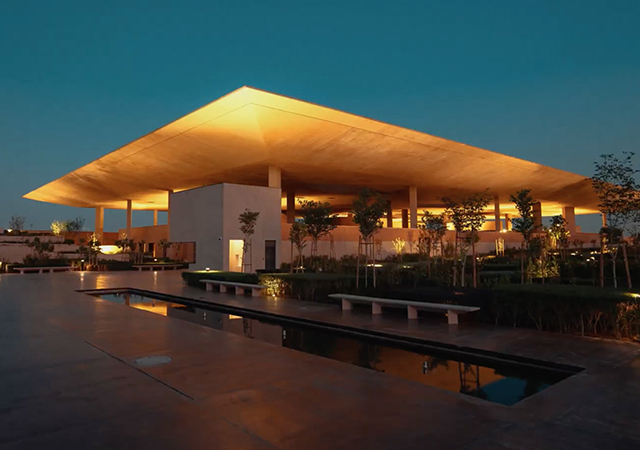
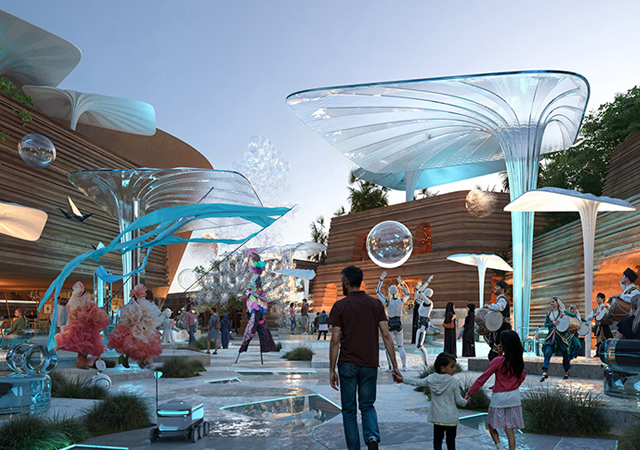


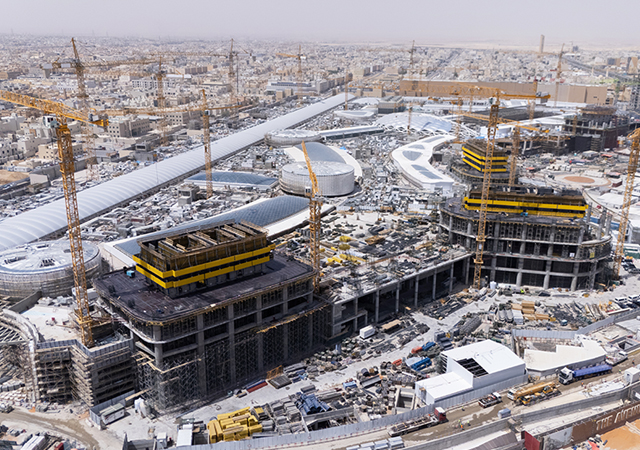
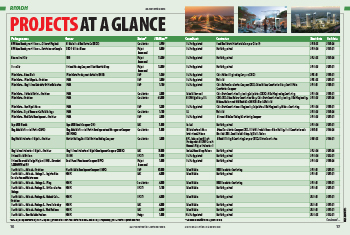

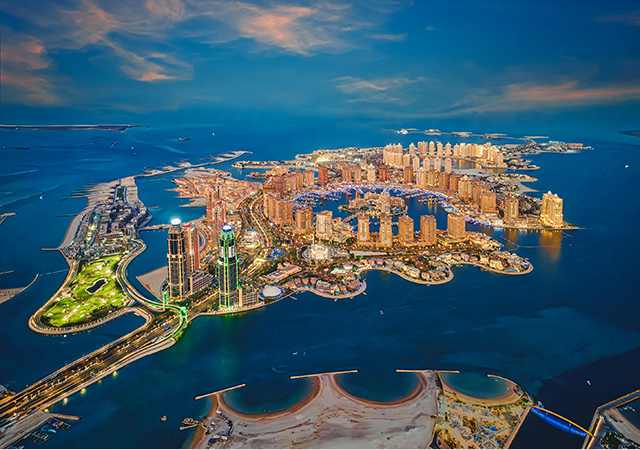


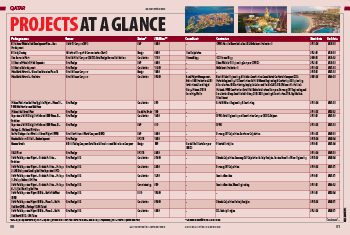
.jpg)
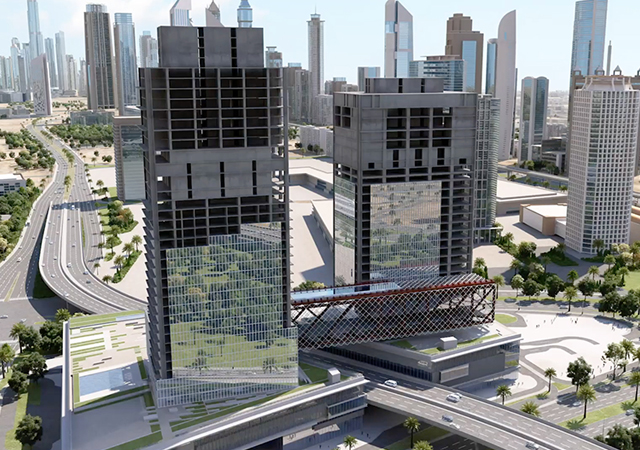
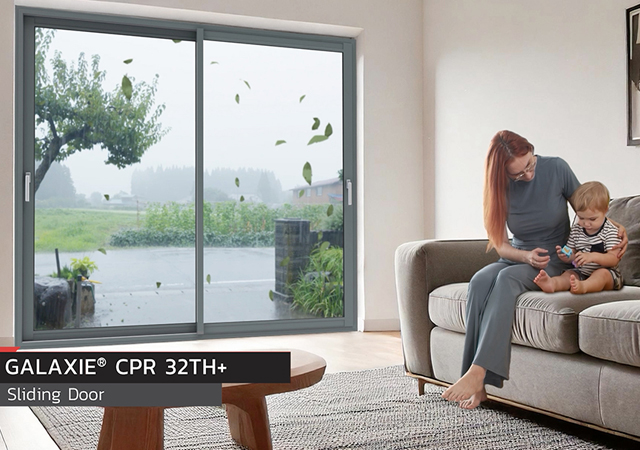



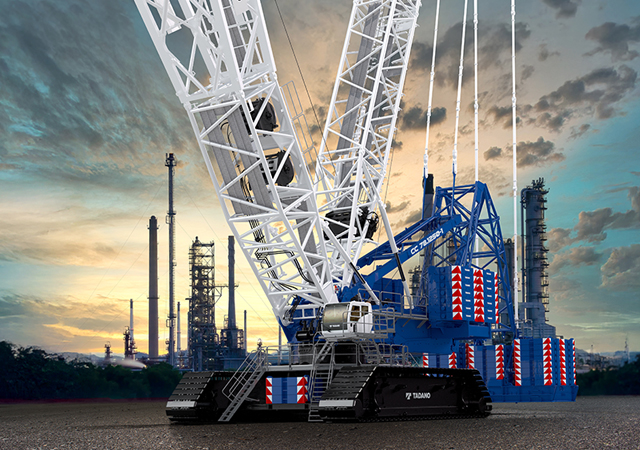

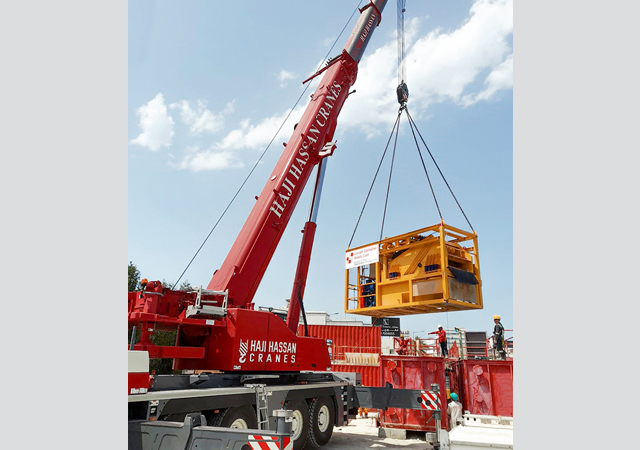
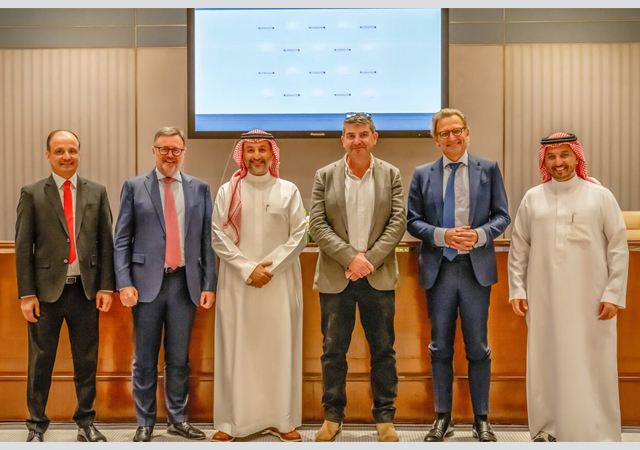

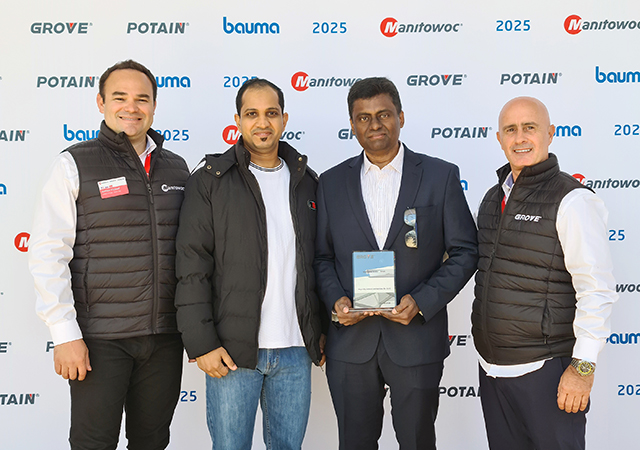

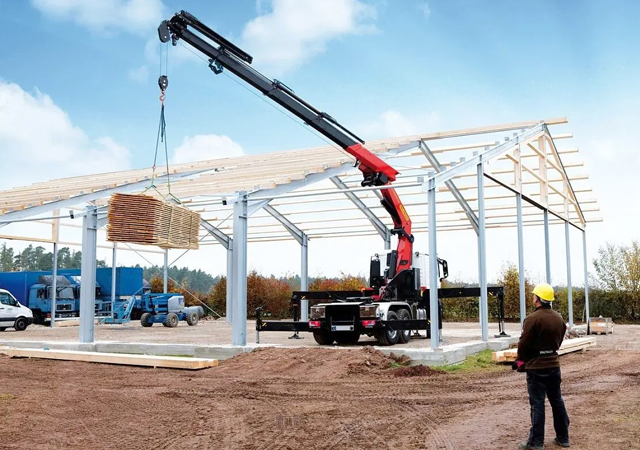
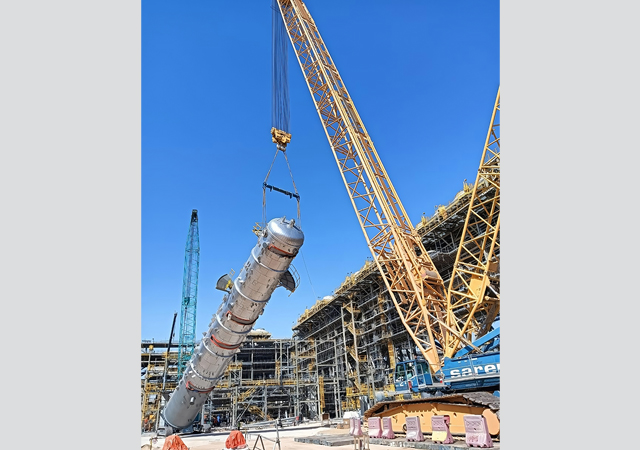
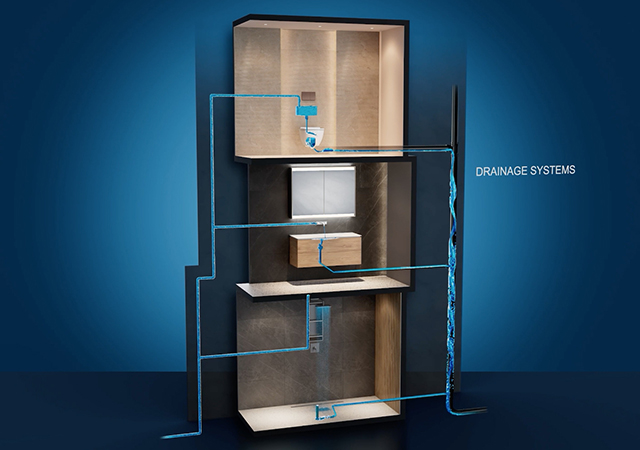
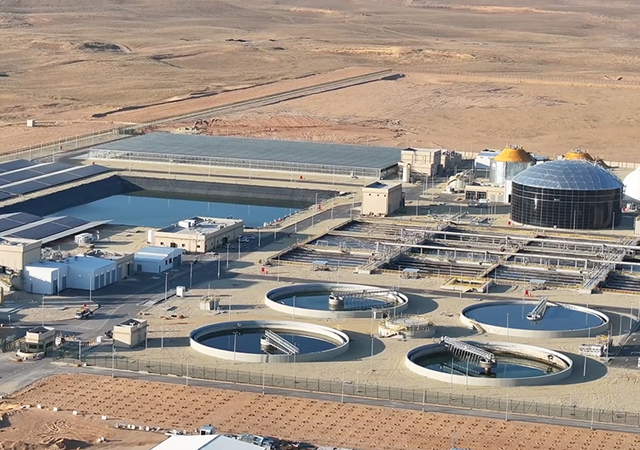

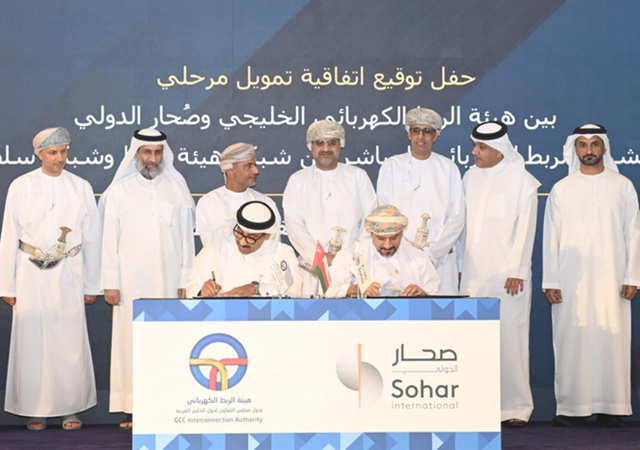


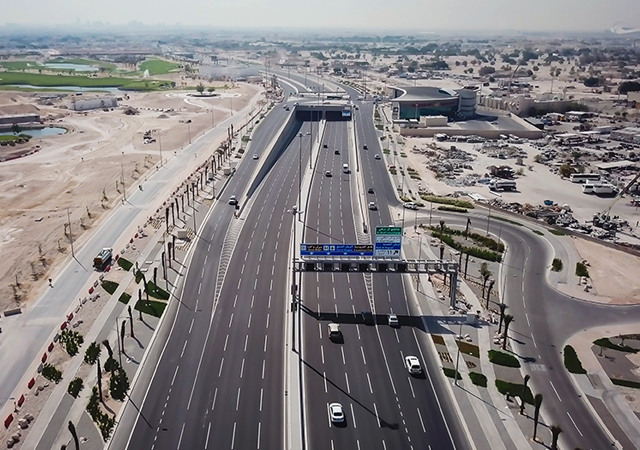
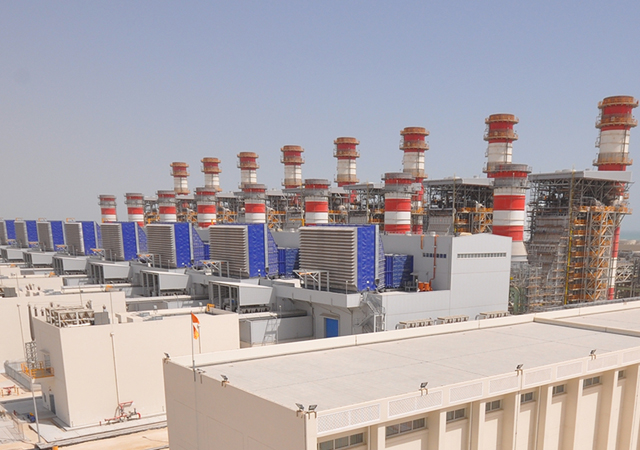
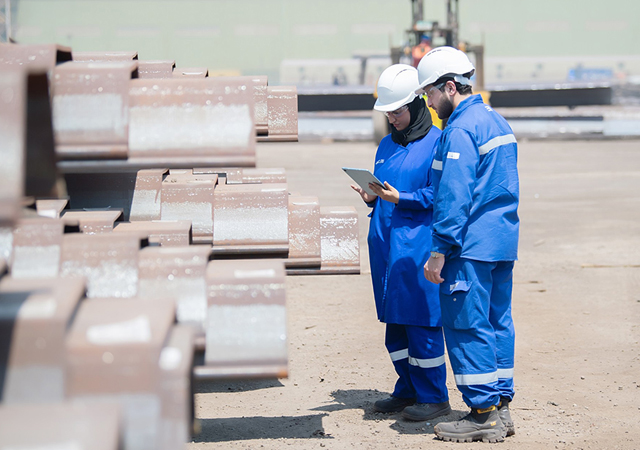

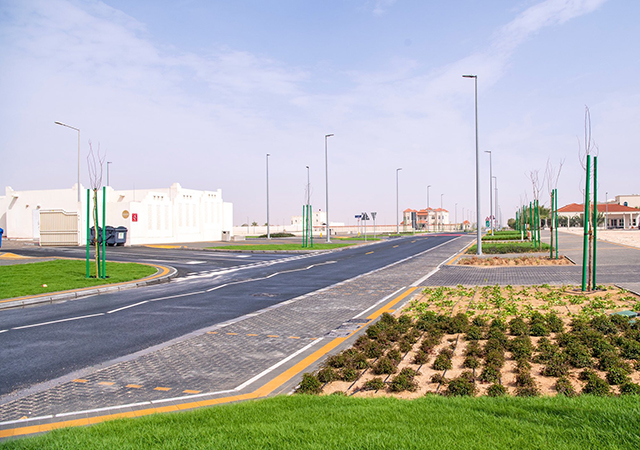
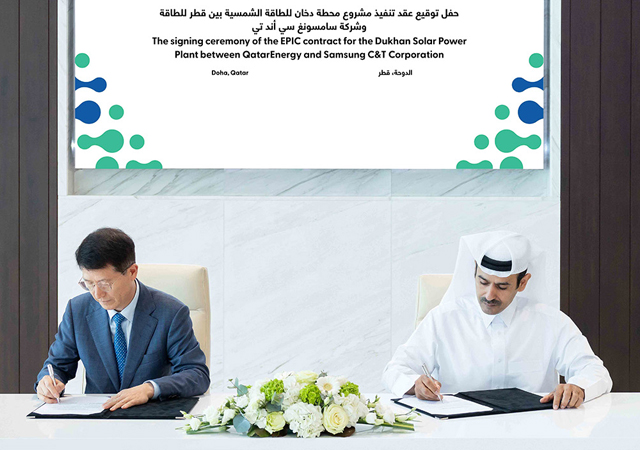
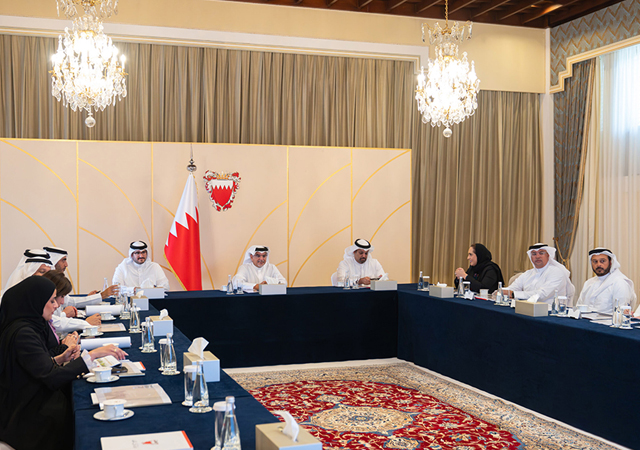

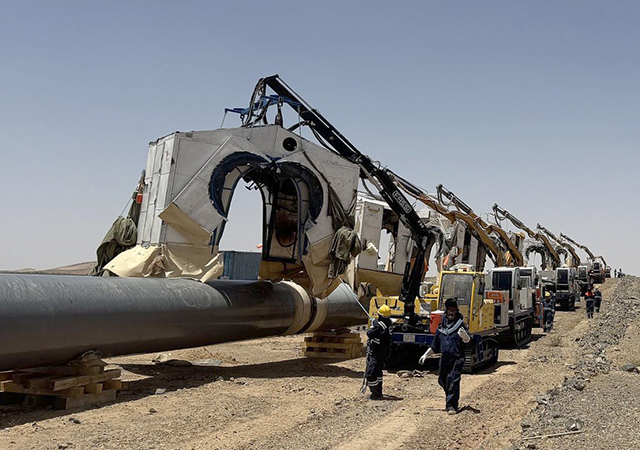
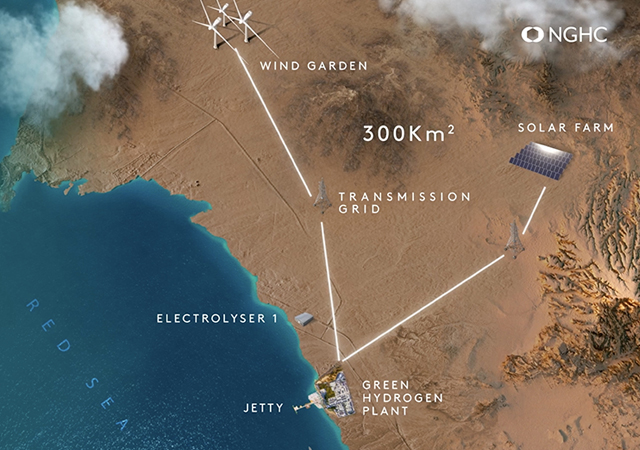
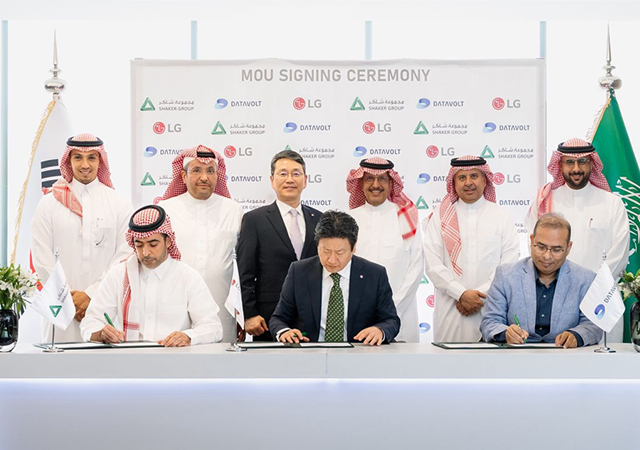
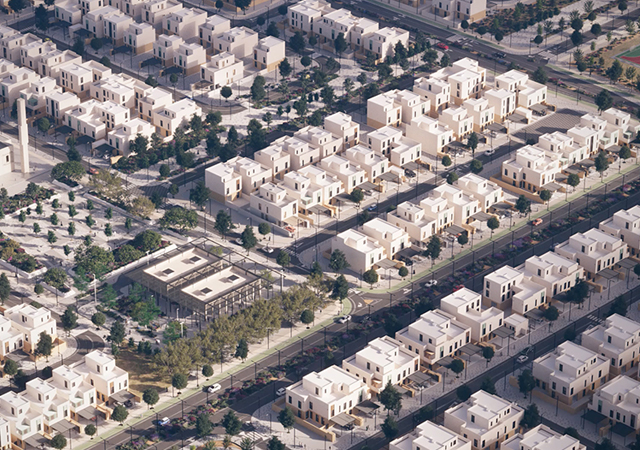
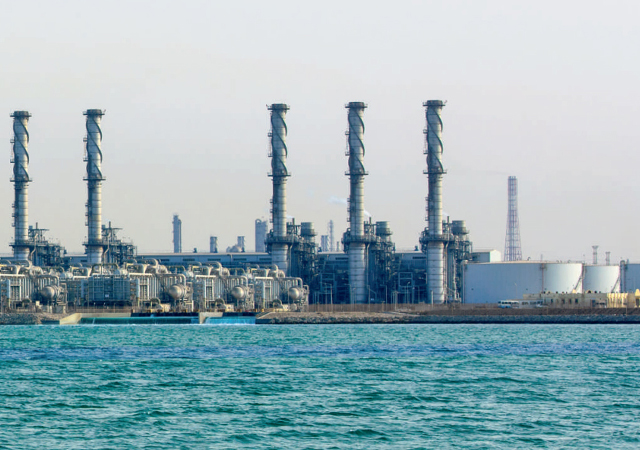


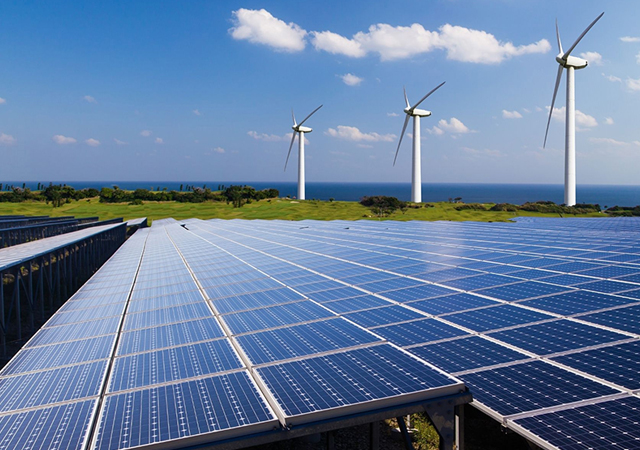
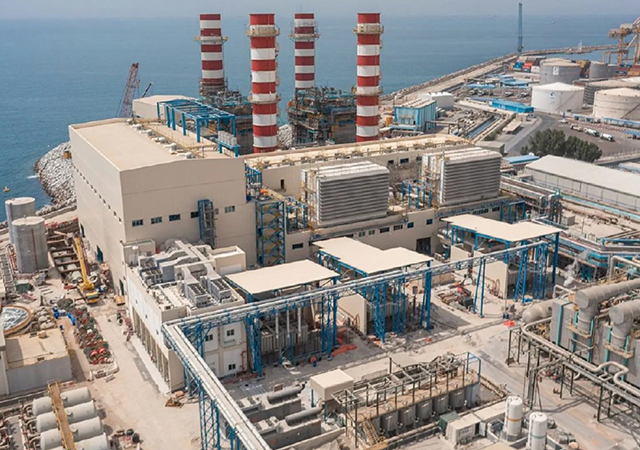
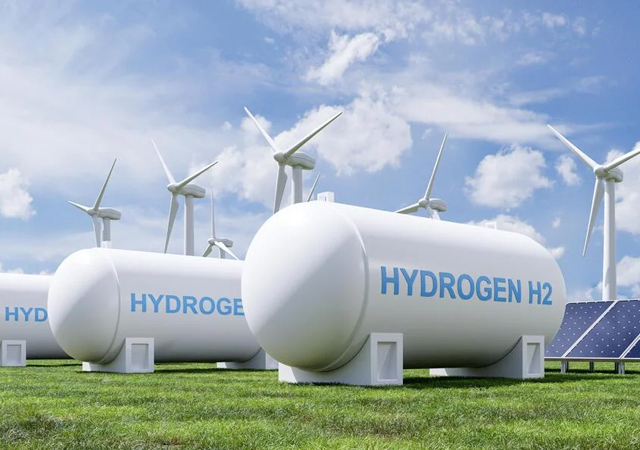
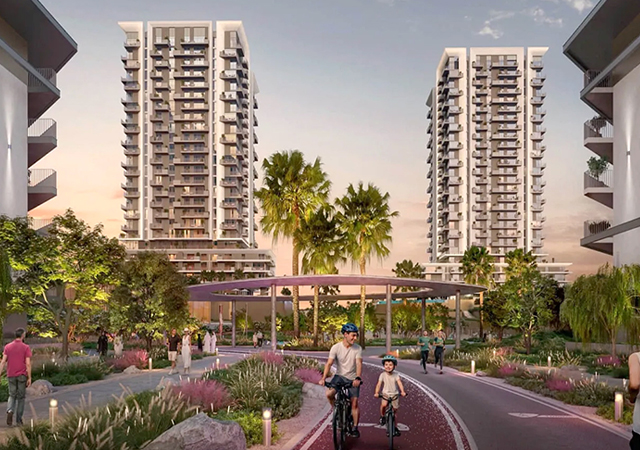


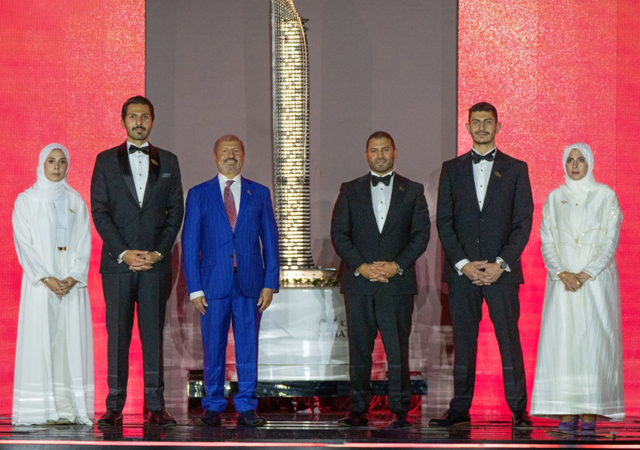
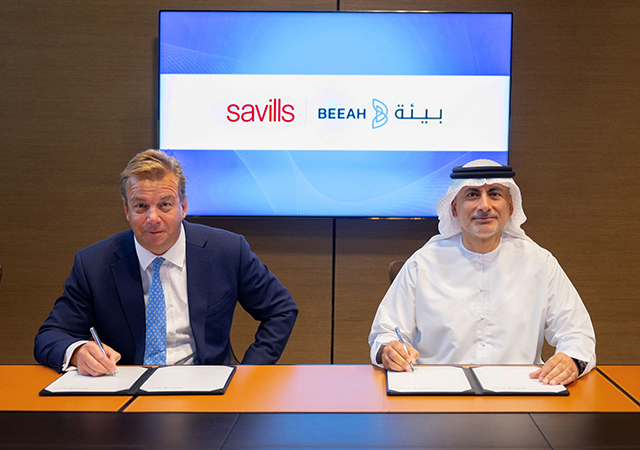



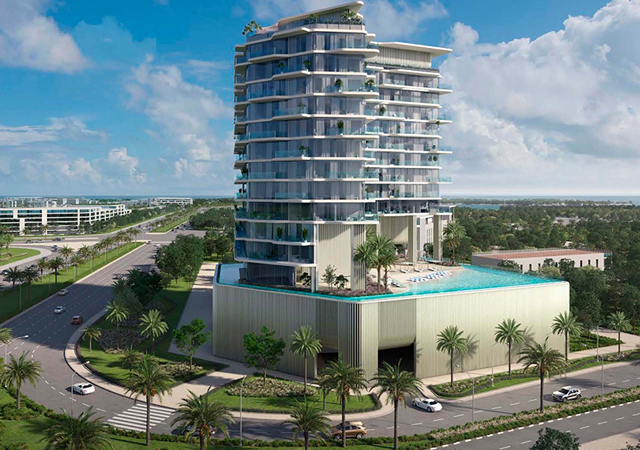
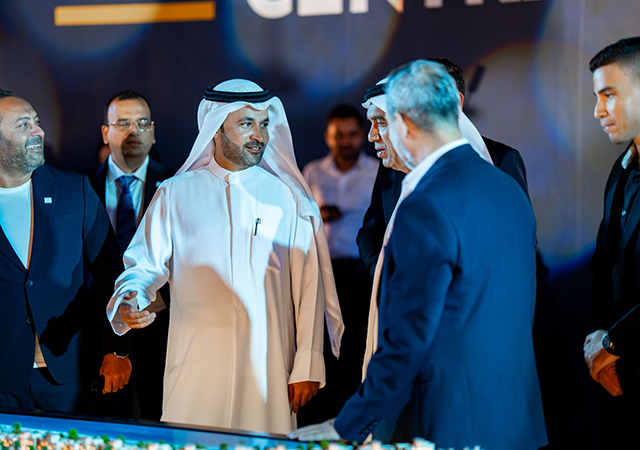
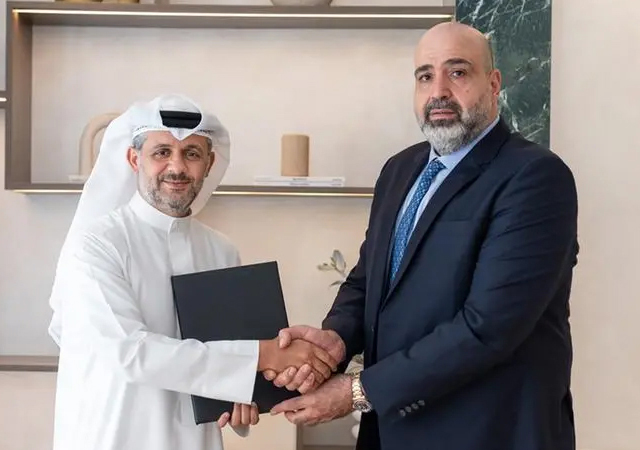
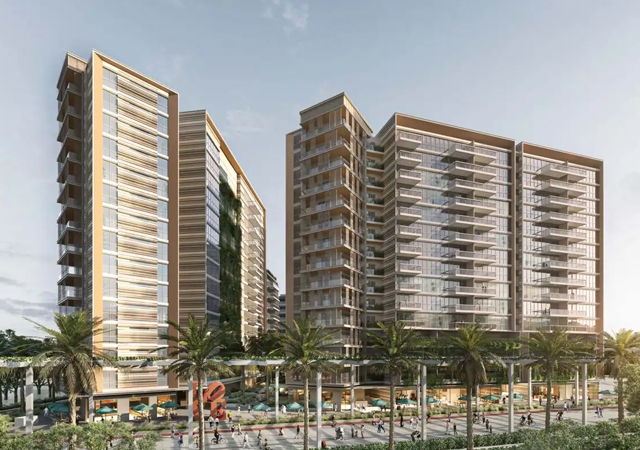
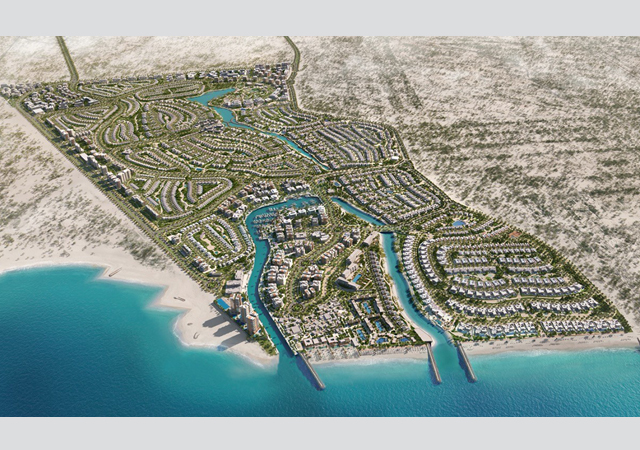
.jpg)
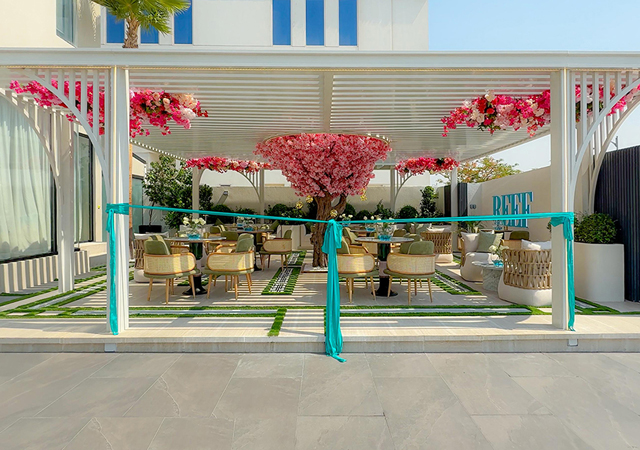
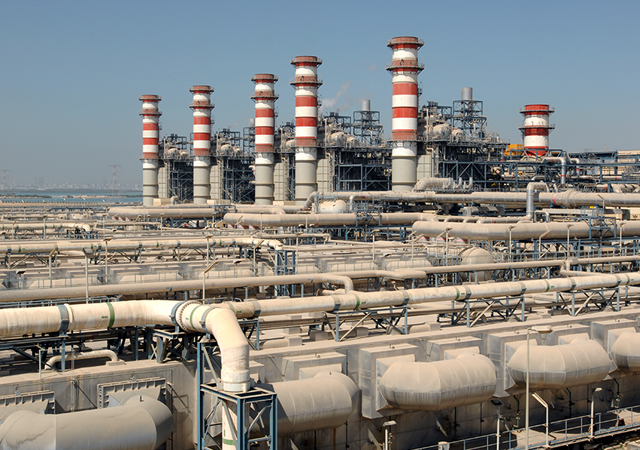
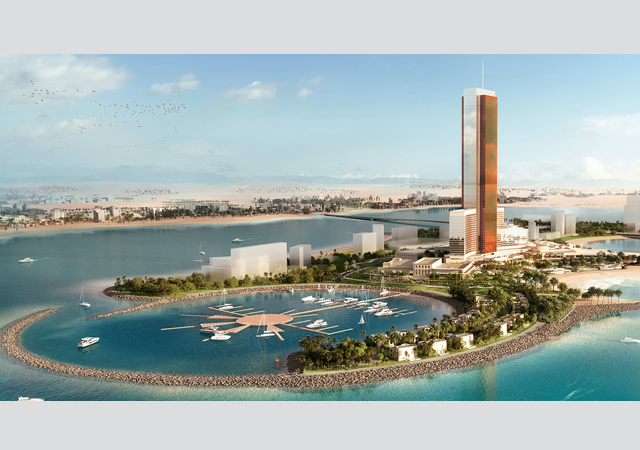
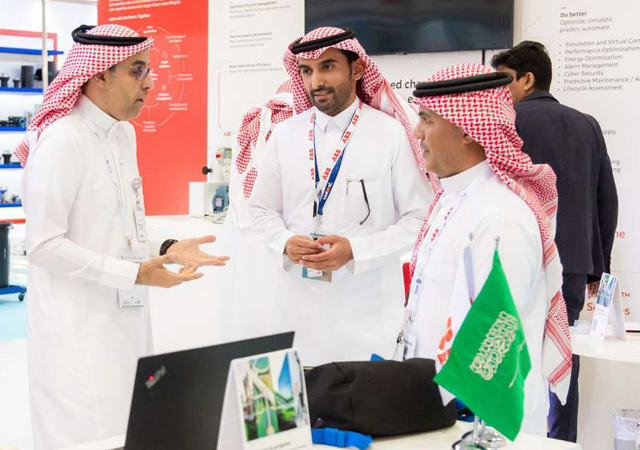
.jpg)
